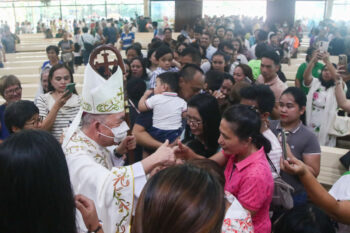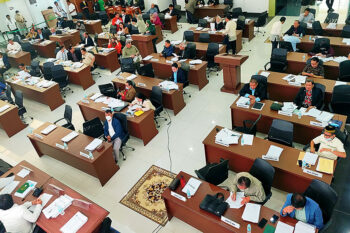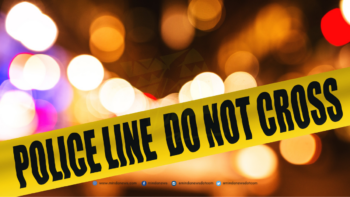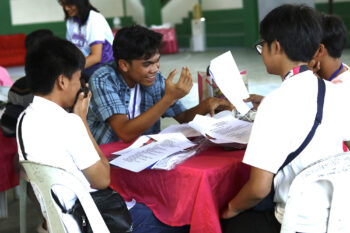NAAWAN, Misamis Oriental (MindaNews / 27 Feb) – If the effort is brought to a successful end and sustained, President Rodrigo Roa Duterte may yet be best remembered for the resuscitation of the jewel island of Boracay and the mega rehabilitation of historic Manila Bay. No previous political leader in this country has shown this political will that impact beautifully on the general public regardless of political persuasion.
The “cesspool” that once was Boracay is now a haven to swimmers and sightseers. According to the DENR, from 900 mpn in April 2018 before the closure for the rehab, the fecal bacteria E. Coli, have been brought down by the 6-month cleanup to 8.1 most probable number (MPN) per millilitre (ML) prior the opening of the island on October 26, 2018. The omnipresent green algae along the shoreline caused by heavy nutrient pollution of the waters are no longer a disturbing sight. All of which means it is now safe to gallivant in the coastal waters. The offensive shit smell that used to waft in the shores is now also gone. The island now looks pristine again.
And yet the threats to the survival of Boracay have remained. The influx of more and more people into the tiny island may again overload it and cancel the rehab results. Now, everything lies in the hands of the local leaders, of the LGUs in the area to secure and sustain the gains of the successful initiative of the President. To squander it will again push the jewel island to the precipice of destruction.
Manila Bay is a more daunting challenge because of the size of the rehab area and the magnitude of the problems that face the change agents on the ground.
To be safe for swimming, the fecal E. Coli in waters ought not exceed 88/100 ml in any one sample or exceed a three-sample average over a 60-day period of 47/100mL. As per DENR report of January 2019, the E. Coli in Manila Bay is 1.9 billion mpn/100 ml. Of the 11 waterways that empty into Manila Bay, two were positive of some 2 billion fecal coliforms, namely, Balut in Tondo and the Estero de San Antonio de Abad which is bounded by the Bangko Sentral ng Pilipinas (BSP), Ospital ng Maynila, and Manila Zoo in Malate district. The other rivers also contain from 15 – 200 million fecal coliforms.
Residents, particularly illegal settlers, along waterways do not have sanitary toilets and dispose their wastes direct to open canals and esteros. In addition, service establishments, manufacturing and processing plants in different parts of the metropolis surreptitiously connect their sewage lines to covered public drainage systems that ultimately end up in Manila Bay. Hence the DENR target to bring down the E. Coli in Manila Bay from 1.9 billion to 270 mpn by December 2019 is a very long shot: It is, by all indications, improbable. It would take some more time for it to happen.
And it will not happen unless the informal settlers along the waterways of the Metropolis are relocated, the permanent residents in slum communities like in Tondo are serviced with government built and regulated sanitary waste disposal system, and the waste effluents of various establishments are correctly treated and properly disposed. Otherwise, Manila Bay, though not ugly in look in days to come, will remain dirty and will never be safe for swimming.
From a distance, the Bay now looks neat and clean, thanks to the current efforts and the rain-free summer weather. The goal, however, in this undertaking, is not just to look neat and clean but to be truly neat and clean, safe and sparklingly beautiful. The national government agencies and LGUs need to join hands to realize this goal without waiting anymore for any push or command from the Commander-in-Chief.
(MindaViews is the opinion section of MindaNews. William R. Adan, Ph.D., is retired professor and former chancellor of Mindanao State University at Naawan, Misamis Oriental, Philippines.)







